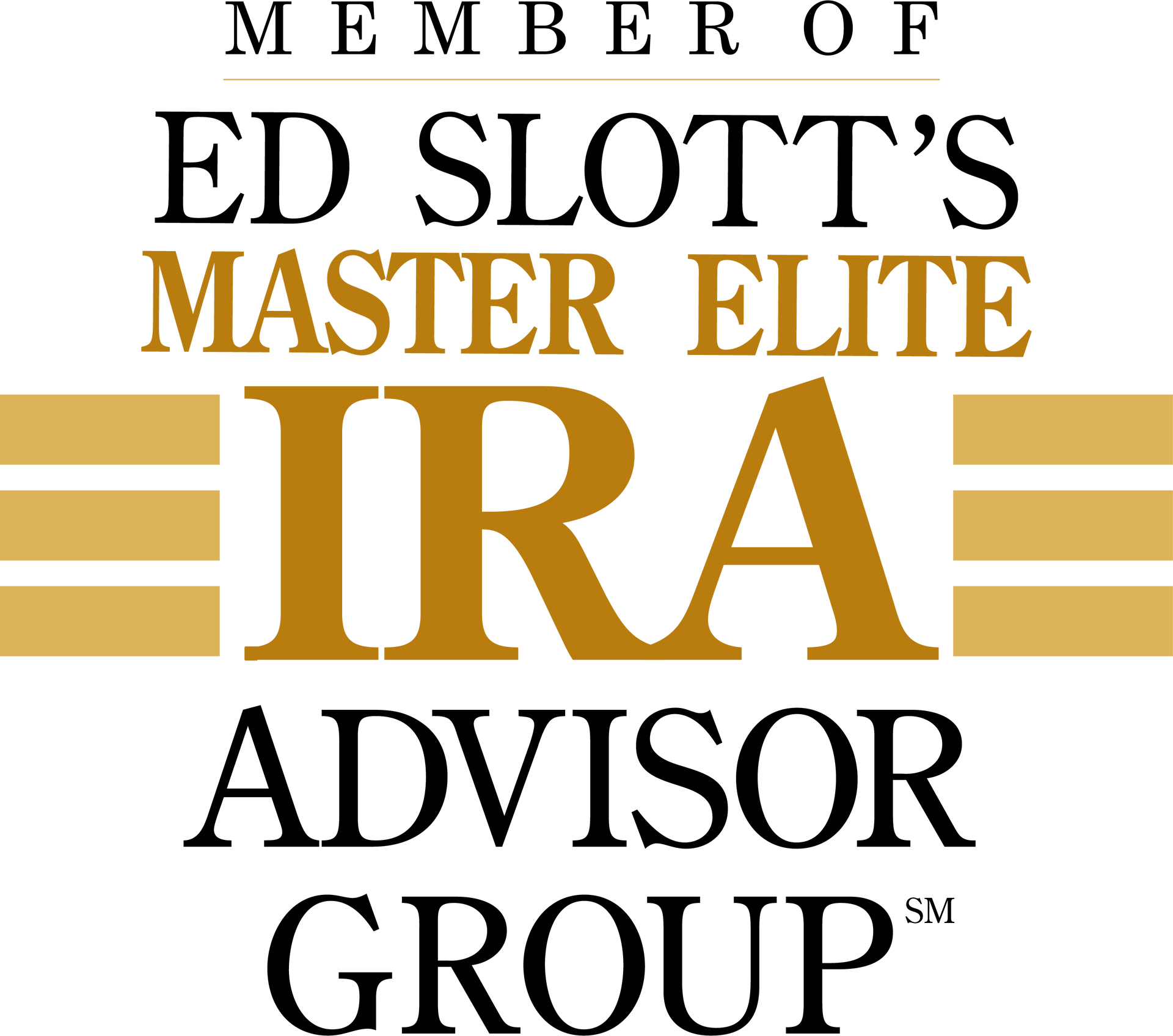Navigating the Health Care Taxes in 5 Easy Steps
What is considered investment income? Investment Income: Interest, dividends, capital gains (long
and short), annuities (not those in IRAs or company plans), royalty income, passive rental income, other
passive activity income. NOT Investment Income: Wages and self-employment income, active trade/
business income, distributions from IRAs, Roth IRAs and employer plans, excluded gain from the sale of a
principal residence, municipal bond interest, proceeds of life insurance policies, veterans’ benefits, Social
Security benefits, gains on the sale of an active interest in a partnership or S corporation.
1. Identify the surtax income thresholds. The first step is to know the MAGI (modified adjusted
gross income) thresholds to avoid the 3.8% surtax on net investment income. They are as
follows: Married Filing Jointly ($250,000); Individuals ($200,000); Married Filing Separately
($125,000); Trusts and Estates ($13,450 for 2022). Trusts and estates are hit particularly hard
with the surtax kicking in at a much lower income level.
2.
Look at TAXABLE income. Taxable income from all sources can push taxpayers over the
MAGI threshold and cause their investment income to be subject to the 3.8% surtax. Income
tax-free Roth distributions will NOT affect MAGI.
3. Understand how much will be taxed. The 3.8% surtax is imposed on the lesser of (1) net
investment income or (2) the amount of MAGI over the applicable income threshold. Taxpayers
with income below those MAGI levels will NOT be subject to this tax.
4. Know other health care tax provisions. The 3.8% surtax gets the attention, but there is
also an additional 0.9% Medicare tax on wages and self-employment income over the MAGI
thresholds. Also, medical expenses must exceed 7.5% of AGI to be deductible. That 7.5% also
applies to the medical expense exception to the 10% penalty on early IRA or plan withdrawals.
5. Discuss these tax planning points. You need to know that while IRA and plan distributions
are exempt from the surtax, taxable distributions from these accounts can push income over
MAGI thresholds. Roth conversions can be a valuable tool to eliminate future taxable income,
especially for taxpayers with significant investment income or a discretionary trust as their
IRA beneficiary. However, conversions could push you above your threshold in the short-term.
Salary deferrals (401(k)s for example) can reduce MAGI for the 3.8% surtax but NOT earned
income for the 0.9% additional Medicare tax.
Frank Oliver is a member of Ed Slott’s Master Elite IRA Advisor Group and is dedicated to helping diligent savers enter the second half of retirement with a plan to help avoid tax and distribution planning risks that can wipe away the sacrifice and hard-earned money made during their working years.
Frank attends regular trainings and conferences to stay up to date on the changing tax laws and evolving strategies to best help Colorado retirees avoid potential tax hikes and help reduce their tax bills in retirement.
Get access to Oliver Wealth Management's Exclusive Ed Slott Master Elite IRA Toolbox below for tools, strategies and resources to help you develop your IRA and retirement tax minimization strategy.
Content provided by Ed Slott and Company, LLC © 2022. Click here to see original document.














